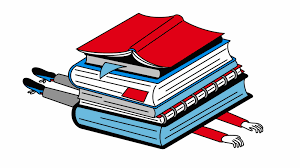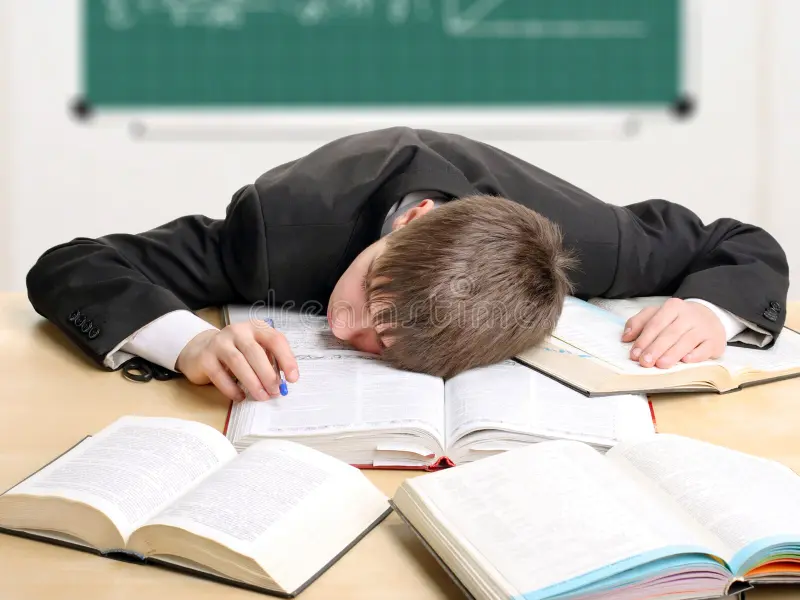
When I tutor, there is one thing I see again and again. Students are scared to ask questions they think are silly. They sit there trying to solve everything on their own, even when they are clearly stuck. I always tell them the same thing. The only bad question is the one you keep in your head.
Somehow school teaches us that we should already know everything before we walk into class. That makes no sense. Learning is supposed to be messy. You try something, get confused, try again, and then finally understand it. Tutoring is the perfect environment for that process because there is no pressure to impress anyone. You get to slow down and figure things out at your own pace.
The truth is that the simple questions are usually the most helpful. When a student finally asks what they were worried about, it often becomes the key that makes the whole topic fall into place. Even better, it opens the door for more questions. Once a student realises they will not be judged, they become more confident and more curious. That shift completely changes the way they learn.
Another thing I notice is that the questions students are embarrassed by are usually the ones every other student has had before. Nobody wants to admit it, but almost everyone struggles with the same parts of a lesson. Asking the question does not make you look unprepared. It actually shows that you care enough to understand the work properly.
Confidence in school does not come from pretending you get everything. It comes from asking, exploring, and working through the parts that feel confusing. That is where real learning happens.
So if you are in class or a tutoring session and something does not make sense, say it. Ask what you need to ask. That one moment of honesty might be exactly what helps you move forward and finally feel in control of your learning.
Eireyna Papinyan










